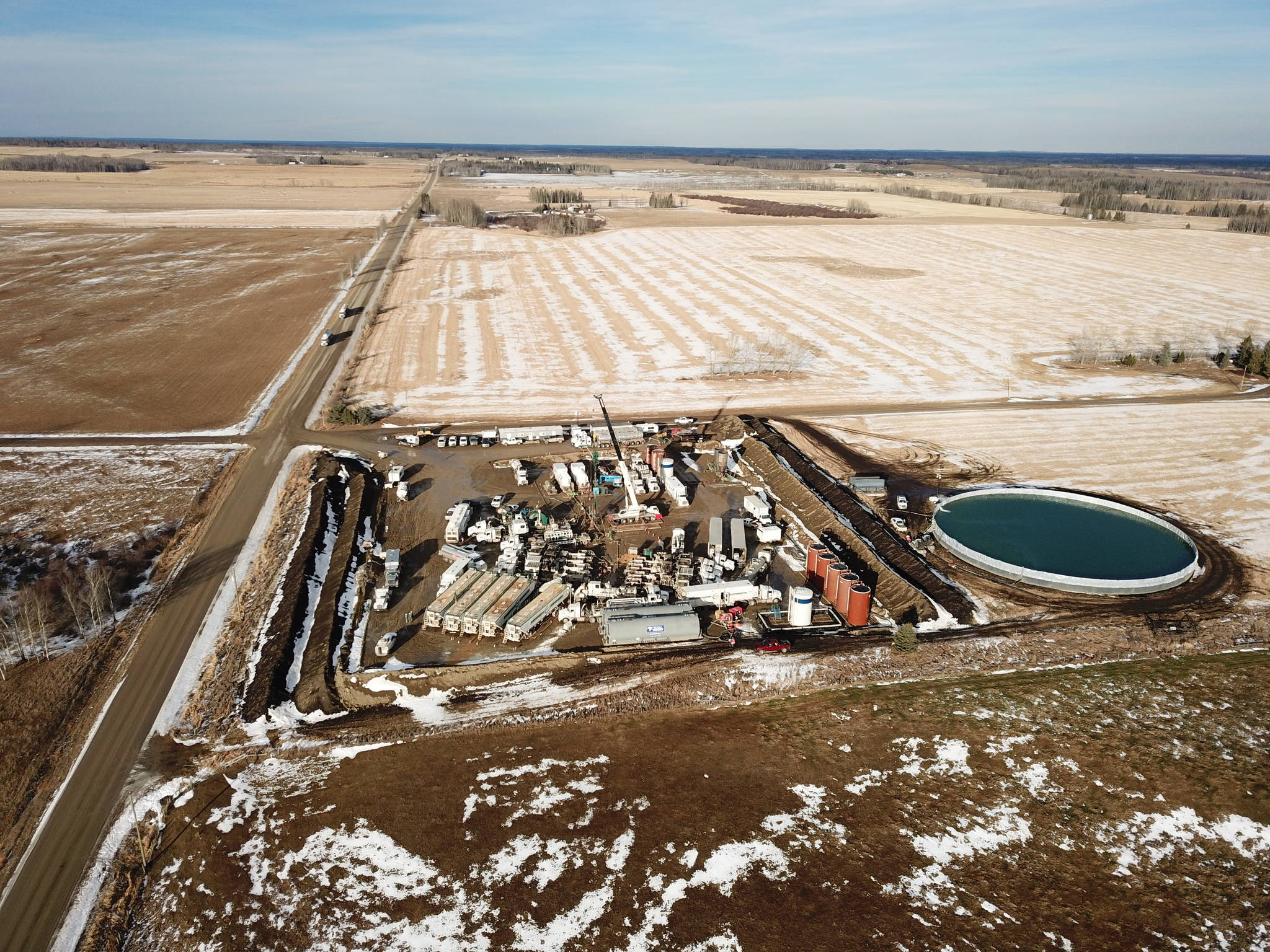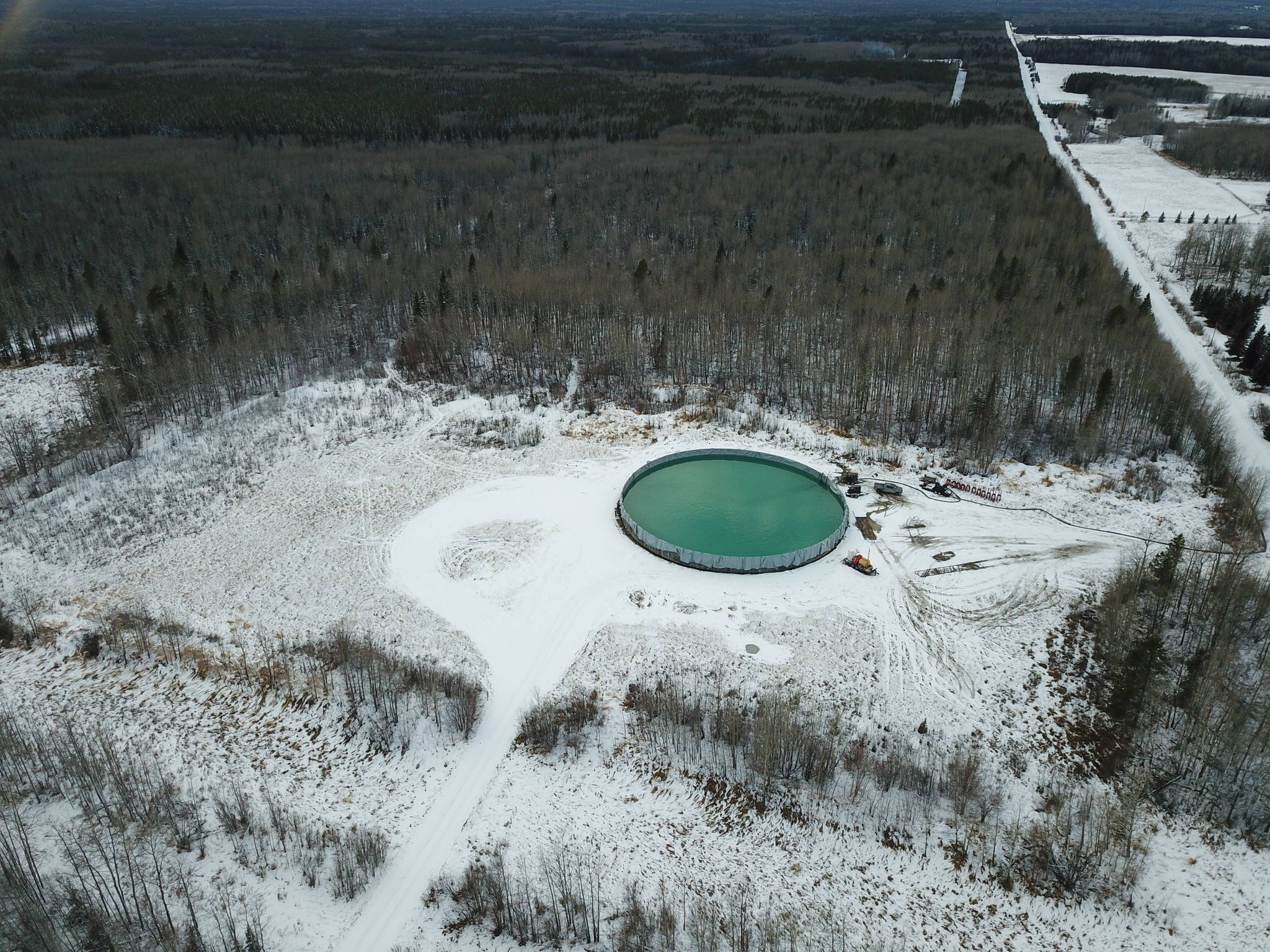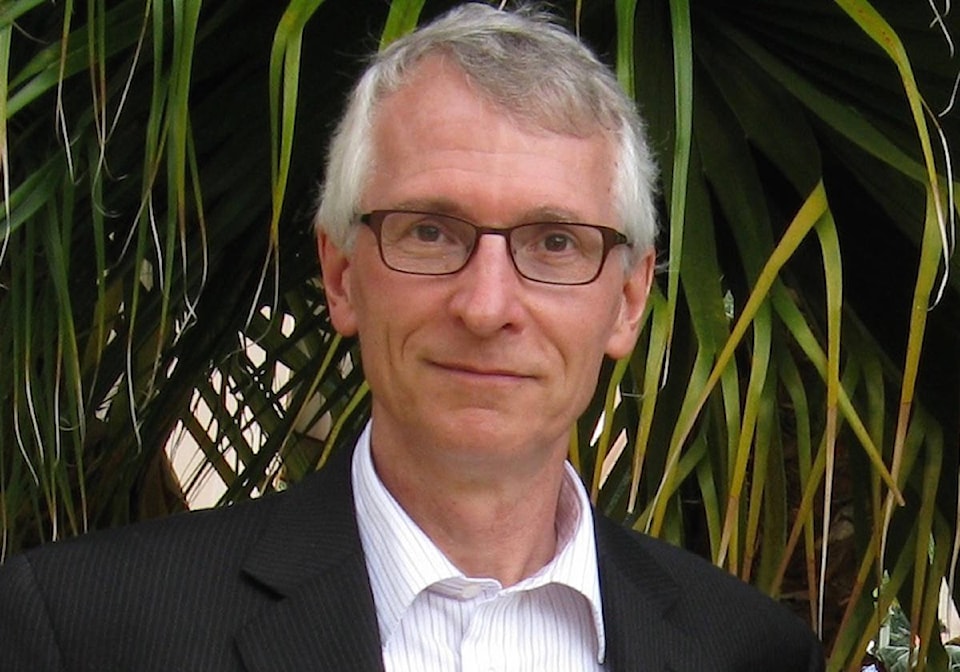Compounding concerns about fracking and earthquakes is a geographer’s warning about the massive water volumes needed for horizontal oil drilling and the inevitability of drought in Alberta.
Giant holding tanks for fresh water — pulled from rivers for use in fracking — can be seen throughout the West Country in Alberta.
Yet river water is a finite resource, said David Sauchyn, professor in Geography and Environmental Studies at the University of Regina, in a talk called Mixing Oil and Water, held Saturday at Red Deer College.
He’s investigated the “hydro-climate” of the past millennium by studying ancient wood, and found a repeat cycle of severe droughts in Alberta — which he fears will become more frequent in future because of weather extremes.
Sauchyn notes that when there isn’t enough snowfall in the mountains, Alberta’s rivers are reduced to a fraction of their normal flow, as happened between 2001-02.
Where will this leave central Albertans if these droughts become more frequent because of climate change, Sauchyn questioned. He also wonders how fracking companies will operate once river water is prioritized for human consumption?
“Will these projects just be abandoned? Who will be left to clean them up?”
Sauchyn noted the Red Deer River is one of the few in the province that hasn’t been over-allocated.
But Calgary-based Vesta Energy Ltd. — which was asked by the Alberta Energy Regulator to temporarily cease fracking operations after an earthquake hit Red Deer and Sylvan Lake last week — is seeking to withdraw six million cubic metres of water annually from the river for horizontal drilling.
Red Deer city councillor Lawrence Lee has compared this to having a city of 80,000 people located up-river from Red Deer — only none of the water contaminated with hydrocarbons can be returned to the river — unlike municipal water, which is mostly treated and released.
Noting that inter-provincial agreements require Alberta to allow half of available river water from our province to flow in Saskatchewan, Sauchyn added, “someone should ask these companies what will happen to their projects if it’s no longer possible to extract water from the river?
Sauchyn, who’s a researcher at Prairie Adaptation Research Collaborative, was asked to speak at RDC by a group of area residents who share concerns about fracking.
Rose Marie Sackela, who lives north of Rocky Mountain House, said contaminated “sludge,” from fracking operations is already being spread on agricultural land. Shackela was shocked to discover this is legal in Alberta, and is concerned this chemical soup can leech into streams, rivers as well as the water table.
Shackela is also also worried about the “billions and billions of litres” of river water that fracking companies keep in portable holding tanks for injection deep into the ground.
Most people don’t recall the devastation caused by historic droughts, said Sauchyn, who believes Albertans should lobby politicians to take better care of our water resources.
His main concern is water diversion from the North Saskatchewan and Clearwater Rivers: “How much water is available in this watershed from snow melt or glacier melt when there’s less glaciers all the time?”
In 2018, global energy company Repsol applied to the Alberta Energy regulator for a 10-year water diversion licence to remove 1.6 billion litres of water per year for fracking from the Clearwater River.
A group of area residents are opposing it.


